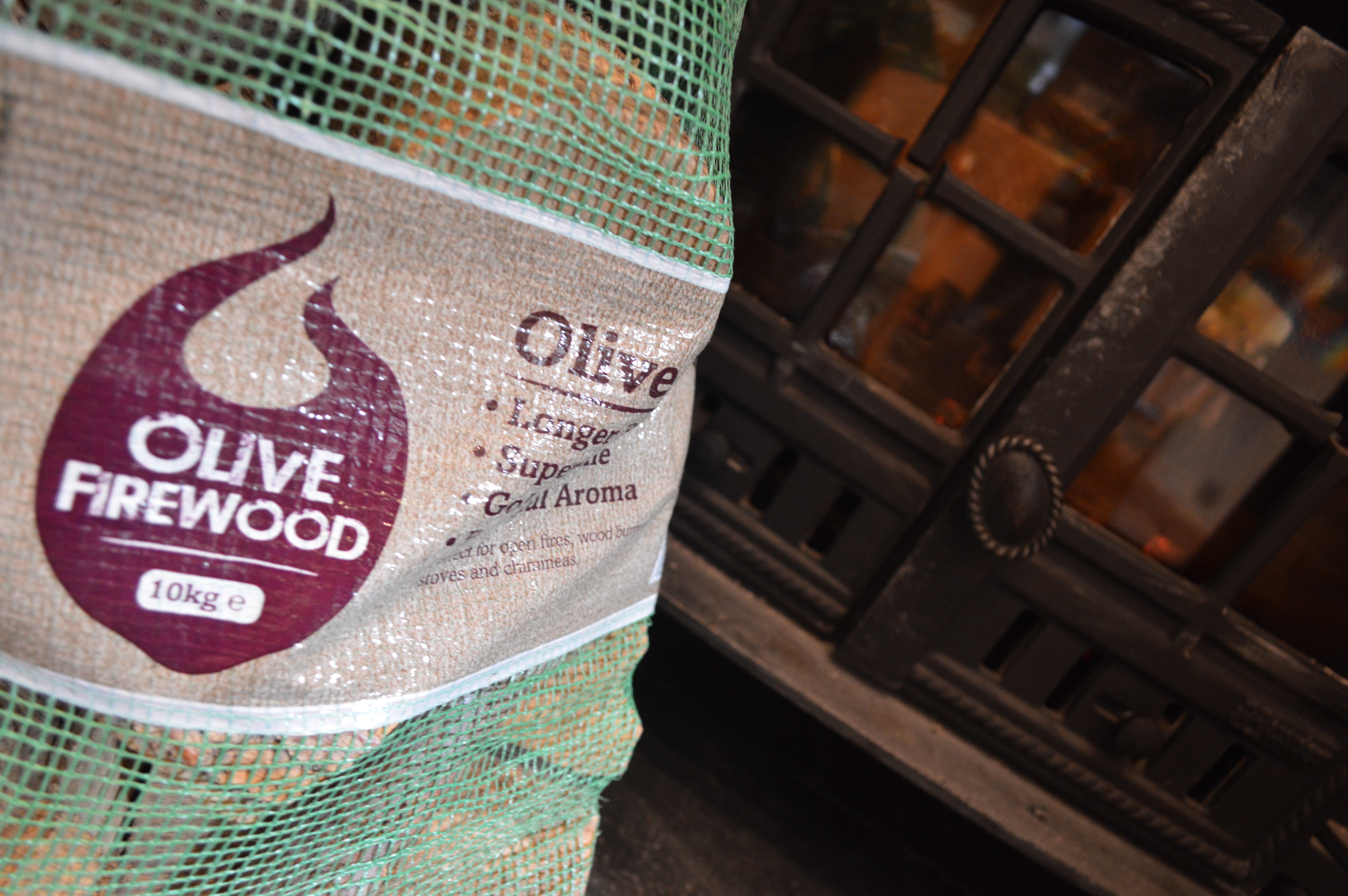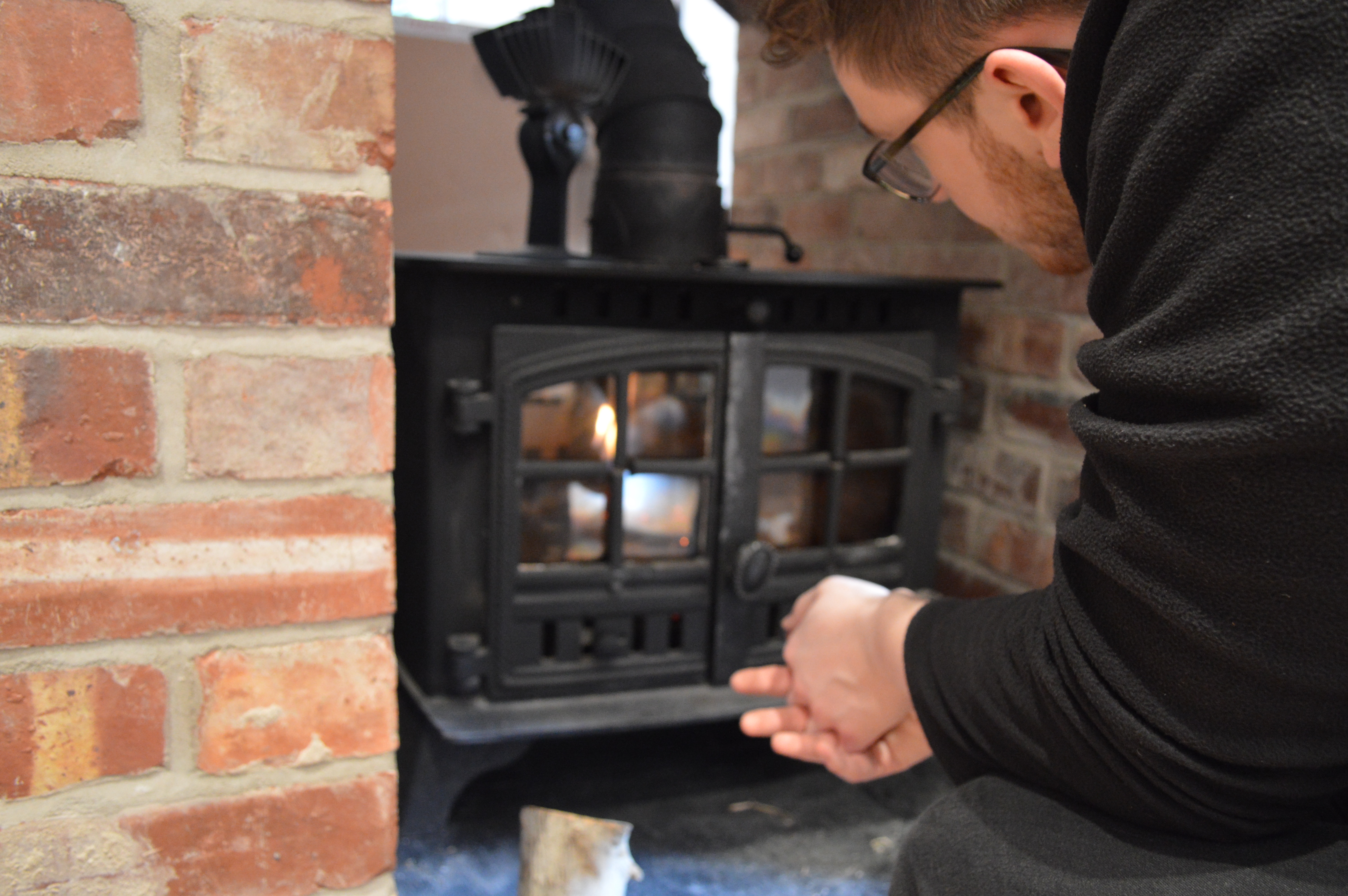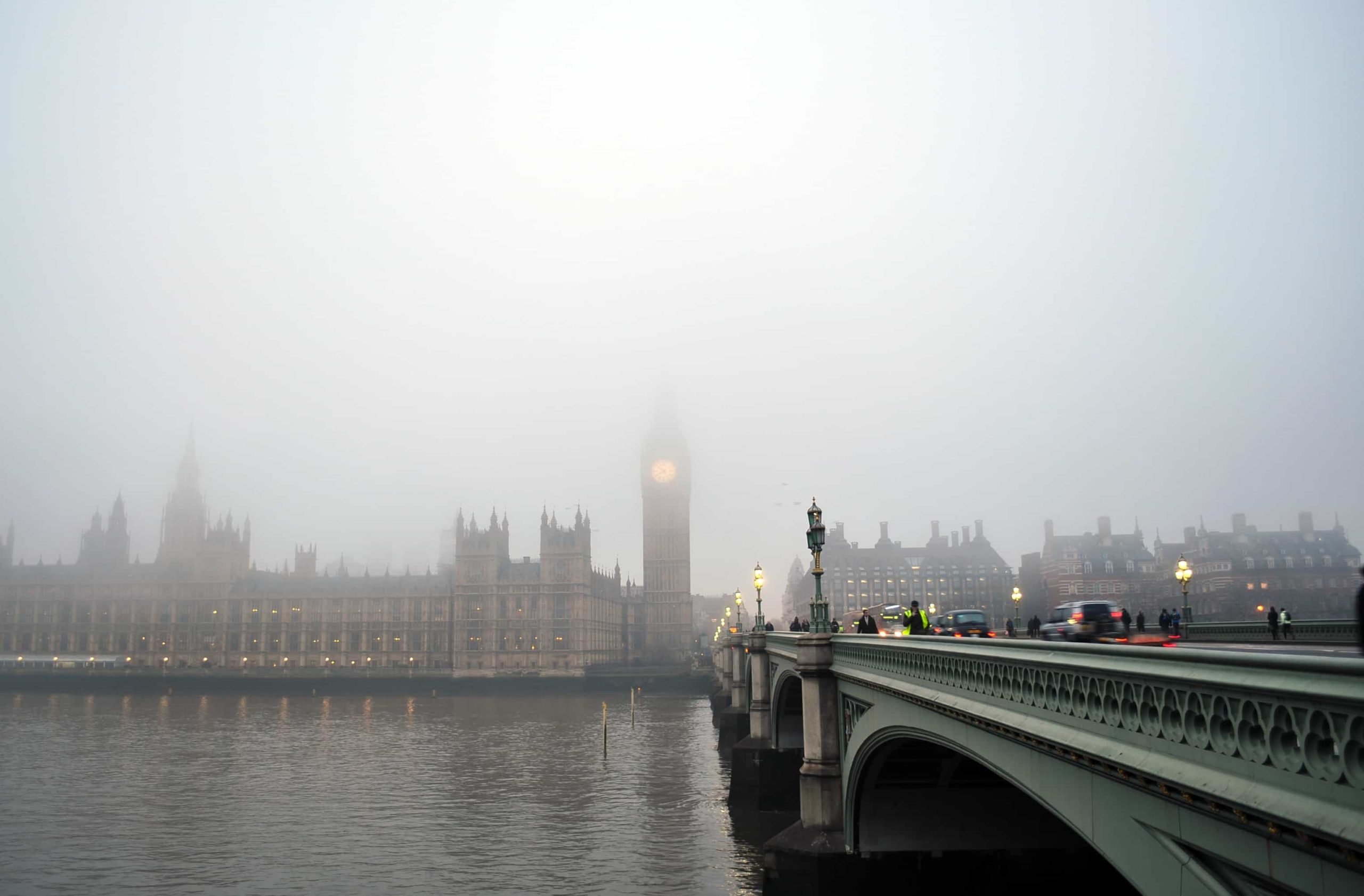Green Olive’s Kiln-Dried Hardwood and Olive Wood
We tried and tested Green Olive’s Kiln-Dried Hardwood and Olive Wood!
The people over at Green Olive were lovely enough to send us some of Kiln-Dried Hardwood and Olive Wood. Paired with Firemizer and Firebuilder, we cleaned our stove, patted the ash off and got to work burning these logs!
Olive Wood Logs
After getting our stove-fire started with a Firebuilder, we threw on a few of the Olive Wood logs. As a natural, low-moisture wood untreated by chemicals, these logs were lightweight and attractive (if not slightly too big). These logs did take a while to get going, but once they were, they lasted far longer than standard logs. This may have reduced the amount of heat given off however, as our thermometer gave consistently lower readings. The flame produced by the Olive Wood was a noticeably more regal-golden colour and the smell – oh the smell! The entire house was filled with a lovely olive scent that was closer to an Italian restaurant than a wood-fire. There was no smoke or steam coming off the fire, just bright yellow flames and that delicious smell. Despite the slow start and reduced heat output, the logs burned for much longer than normal logs and (with the help of Firemizer) burned evenly and continuously.
Kiln-Dried Hardwood
The Kiln-Dried Hardwood came in much thicker, denser logs that instantly smothered the Firebuilder’s flame before it could become established. Instead, we attempt to use the top-down method of starting a fire so we could get to use the Hardwood. The top-down method is simple –
- Place your logs in a neat pile at the bottom, on top of the Firemizer.
- Put kindling on top of them, with scrunched up balls of newspaper if needed.
- Position your firelighter (or our Firebuilder) at the very top. The wood and kindling should resemble a tepee shape.
- Light the Firebuilder and let the fire establish downwards, catching on the newspaper, the kindling and then the wood.
- Once the fire is going, add more logs if/when necessary.
The Hardwood was far more effective for us using the top-down method, and within 30 minutes the fire was roaring. It needed minimal interference too, just the occasional handful of newspaper to prevent the flames being smothered under the logs. The flame understandably wasn’t as golden as the Olive wood, but it gave off was that familiar smell of good-wood-burning. It also didn’t give off much steam or smoke either, keeping the stove’s glass doors clean and free of soot.
Both types of wood presented their individual challenges; the Olive Wood needed that extra bit of time to become established, and the Hardwood was often too dense and heavy for standard lighting methods that just used a firelighter. However, both types certainly had their rewards for persevering – the smell of the Hardwood was wonderful, whilst the Olive Wood lasted much longer and presented a dazzling golden flame. Pick up a bag for yourself and see which best suits your stove or hearth at https://www.greenolivefirewood.co.uk/.




